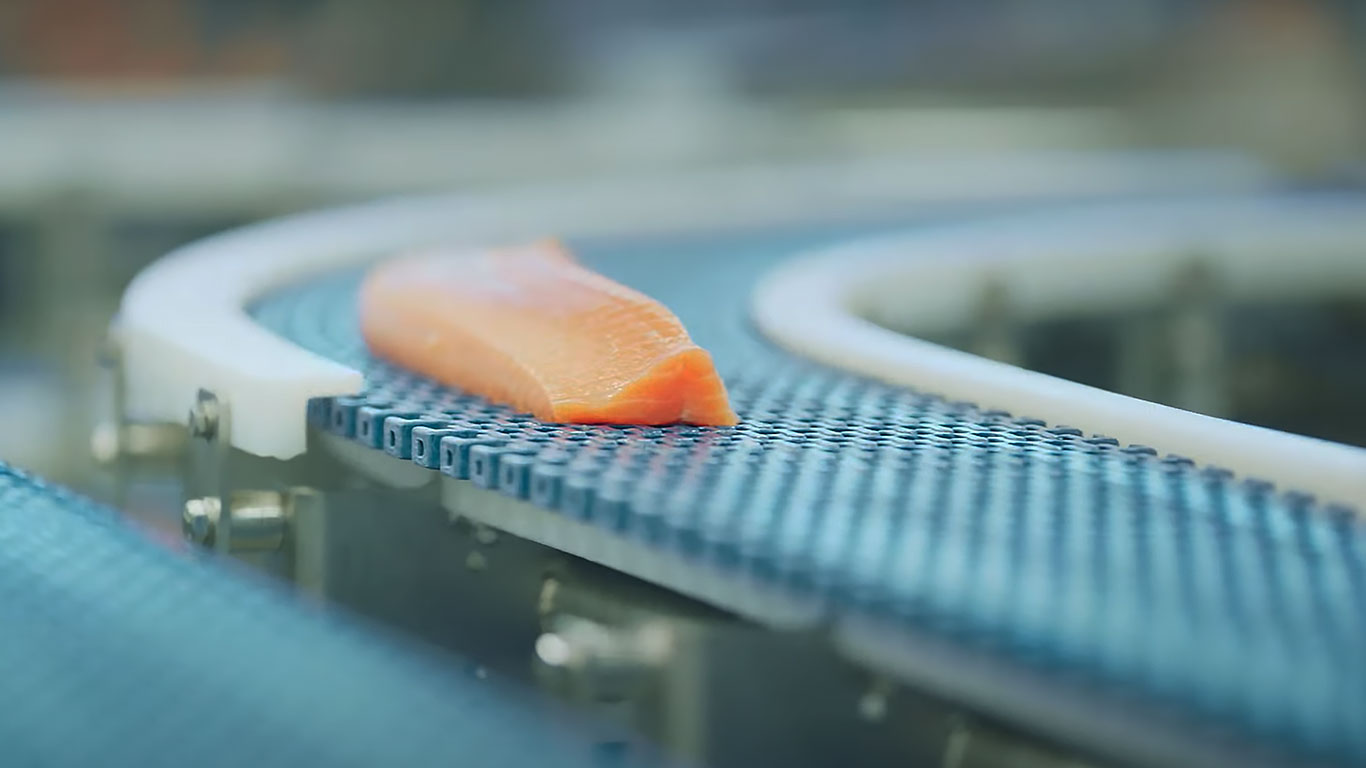Frequently asked questions and answers about Frøya salmon
How long is the shelf life?
Alle pakker er merket med holdbarhetsdato. Holdbarhetstiden er basert på at du oppbevarer Frøya laks i kjøleskap ved 0-4 grader. Frøya laks kan brukes rå i hele holdbarhetstiden.
Frøya laks kan ikke garantere for produktets kvalitet etter merket holdbarhetsdato.
Can Frøya be frozen?
Yes, if the product has been kept refrigerated at the correct temperature and is frozen prior to the use-by date, it is not a problem. Bare in mind, though, that Frøya is always best enjoyed fresh. Don’t leave it for more than 3 months in a conventional household freezer. We recommend you to de-frost the product in the fridge at 0-4 degrees Celcius overnight. De-frosted Frøya should ideally be enjoyed on the day you thaw it, but you can leave it in the fridge for a couple of days depending on how close to the expiry date you froze it. Defrosted Frøya is still still safe to eat raw on the day you thaw it.
What is the red-brown stripe on the back of the mid loin?
The stripe of darker coloured meat running lengthwise on the back of mid loin naturally occurs on this section of the fillet. Biologists calls it “red muscle”. The difference in colour is caused by a higher concentration of fatt and phospholipids. The latter is a type of fat important for your body’s ability to produce cell membranes. This is actually the most healthy part of the fish.
What does farmed salmon eat?
Farmed salmon eat dry feed in the shape of small pellets. The feed needs to have the right level of nutrition, texture and taste for the fish to thrive, eat and grow in a natural way.
Approximately 70% of the feed consists of plant based ingredients, while the remaining 30% originate from marine raw materials such as fish meal and fish oil. We aim for the feed to be as environmentally sustainable as possible. We require our feed suppliers to document that all soya used is certifiably sustainably sourced. I.e. that the raw material is not genetically modified and not produced in areas threatened by deforestation.
Fish oil is marine fat produced from fish or parts of fish not normally used for human consumption. It has high levels of the omega-3 fatty acids EPA and DHA. From 1 kilo of raw materials you get approximately 80 grams of fish oil.
Plant based ingredients in the feed derive from e.g. soy, sun flower, rape seed, corn, fava beans and flour. The plant based ingredients in the feed provide protein, karbohydrates and fat. No ingredients are genetically modified (GMO).
Fish meal is produced from fish heads, bones and other parts not normally used for human consumption. Fish meal contains proteins and minerals. One kilo of raw materials renders approximately 230g. of dry fish meal.
Fish protein concentrate is produced from off cuts from the seafood industry.
Other ingredients are vitamins, minerals, pigments and amino acids. Salmon feed also contain the anti oxzydant astaxanthin. This is added to strengthen the salmon´s immune system and protect the muscle fibres. In addition it adds vitamin A and also provides the typical red salmon colour. In the wild salmon gets astaxanthin from eating small crustaceans.
For more information please vist the site Salmon Facts
More facts about Frøya salmon:
The secret behind the perfect eating experience
Eating Frøya is like eating freshly caught fish. We fillet and remove skinn and bones within only a couple of hours after the salmon is swimming in the sea and then pack it immediately.
It is safe to enjoy raw Frøya also when pregnant
Frøya is produced from farmed Norwegian salmon under very strict hygiene conditions and can therefore be eaten raw without problems.


